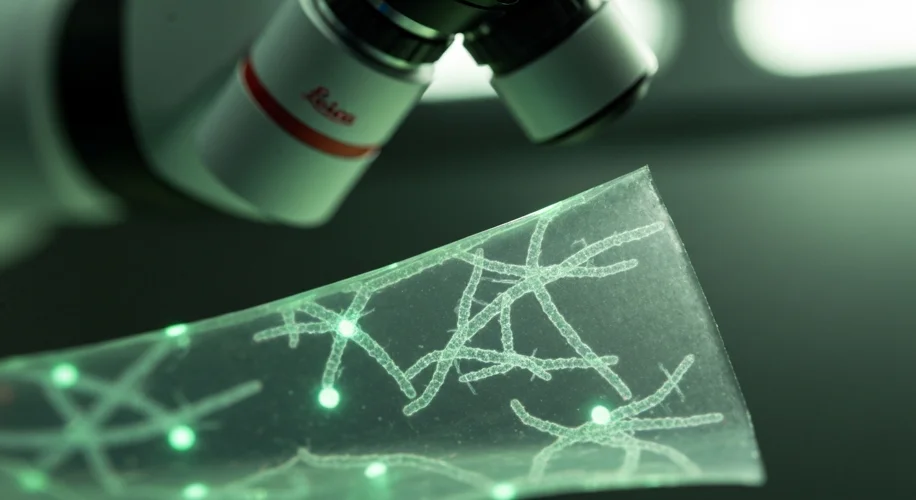Did you know that tiny bacteria could be the key to a new generation of super-strong, eco-friendly materials? It sounds like science fiction, but groundbreaking research is showing just that. Scientists have developed a new bioplastic, produced by bacteria, that has mechanical properties remarkably similar to some metals, glasses, and even petroleum-based plastics.
This is exciting because it could offer a sustainable alternative for so many things we use every day, from packaging to manufacturing components. For years, we’ve relied heavily on plastics derived from fossil fuels, which contribute to pollution and climate change. Finding viable replacements is crucial for a healthier planet.
What makes this bacterial bioplastic so special? Researchers have engineered specific types of bacteria to produce polymers with exceptional strength and durability. These aren’t your average, flimsy bioplastics. Early tests indicate they can withstand significant stress and possess resilience that often only traditional, non-biodegradable materials can offer.
Think about it: a material that can be strong like metal, clear like glass, or flexible like some conventional plastics, but is made by nature and is potentially biodegradable. This could be a major step in reducing our reliance on oil-based products and mitigating plastic waste.
In my experience, when we look to nature for solutions, we often find incredible answers. This research is a prime example. By understanding and harnessing the biological processes of bacteria, we’re unlocking potential for materials that are both high-performing and environmentally conscious. This could pave the way for a more circular economy, where materials are produced sustainably and can return to the environment without causing harm.
While this is still in the research phase, the implications are vast. Imagine products that are strong, reliable, and also made from renewable sources, contributing less to the environmental challenges we face. It’s a testament to the power of scientific innovation and our ability to find solutions in unexpected places – like the microscopic world of bacteria.

